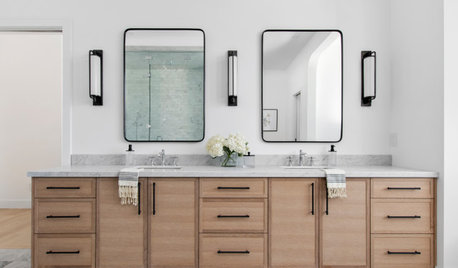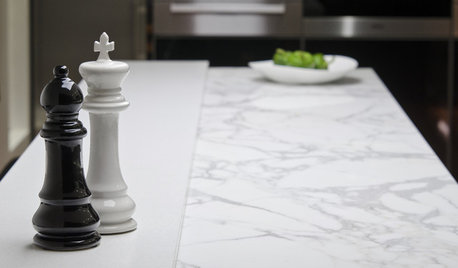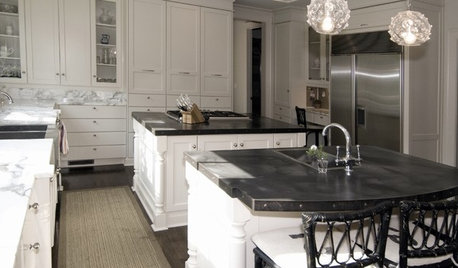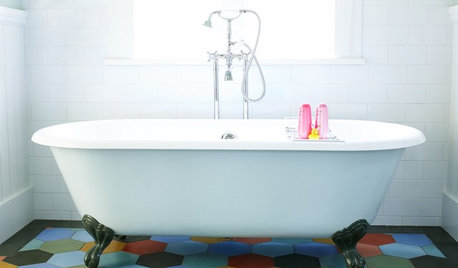Scotch-Brite buffing pad equivalents to Norton pads?
jayco
12 years ago
Related Stories

KITCHEN COUNTERTOPS7 Low-Maintenance Countertops for Your Dream Kitchen
Fingerprints, stains, resealing requirements ... who needs ’em? These countertop materials look great with little effort
Full Story
HOUSEKEEPINGHow to Clean Marble Countertops and Tile
Acidic solutions can damage your marble surfaces. Here’s how to keep marble looking clean and amazing
Full Story
KITCHEN COUNTERTOPSKitchen Counters: High-Tech Solid Surfaces Make Maintenance Easy
Sculpted by heat and nonporous by nature, solid-surface countertops bring imagination and low maintenance to the kitchen
Full Story
KITCHEN COUNTERTOPSKitchen Countertop Materials: 5 More Great Alternatives to Granite
Get a delightfully different look for your kitchen counters with lesser-known materials for a wide range of budgets
Full Story
KITCHEN DESIGNUsing White Marble: Hot Debate Over a Classic Beauty
Do you love perfection or patina? Here's how to see if marble's right for you
Full Story
GREAT HOME PROJECTSHow to Get a Claw-Foot Tub for Your Bathroom
Here’s what to know about buying vintage or new — and how to refurbish a classic
Full Story








bobismyuncle
jaycoOriginal Author
Related Professionals
Black Forest Cabinets & Cabinetry · Murray Cabinets & Cabinetry · Cordele Carpenters · Needham Carpenters · Gainesville Flooring Contractors · Lewisville Flooring Contractors · Raytown Flooring Contractors · Trenton Flooring Contractors · Bend Furniture & Accessories · Boston Furniture & Accessories · Wilmington Furniture & Accessories · Hampton Bays Furniture & Accessories · Stamford Furniture & Accessories · Temple Terrace Furniture & Accessories · Jacinto City Furniture & Accessoriesmike_kaiser_gw
brickeyee
bobismyuncle
mike_kaiser_gw
brickeyee